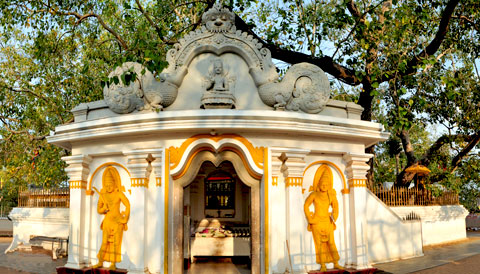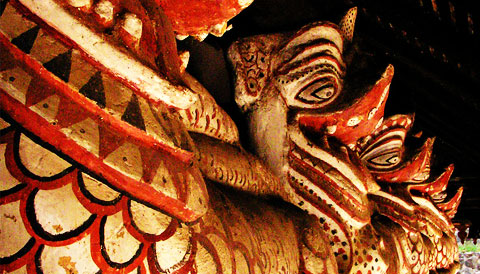Anuradhapura Sri Lanka
Anuradhapura, sacred City of the Kings, is redolent with history and mystery. Founded in the 6th Century BC and venerated by Buddhists the world over, it is now a UNESCO World Heritage Site that lies at the heart of Sri Lanka’s famed ‘cultural triangle’.
As the ancient capital of Sri Lanka, Anuradhapura was not only the early cradle of Buddhism on the island, but also the driving force behind cultural and scientific innovations designed to improve the health and welfare of everyone who lived there.
It also contains the sacred 2,000-year-old Bo Tree. According to legend, this much-venerated symbol was grown from a cutting from the tree in Bodh Gaya, India, under which Buddha himself attained enlightenment.
Anuradhapura’s ancient metropolis, surrounded by monasteries occupying an area of over sixteen square miles, is one of the oldest continually inhabited cities in the world. For many centuries, it was also one of the most stable centers of political power and urban life in South Asia.
Today, the city ruins that lie at the centre of this iconic location are preserved with great care and attention to ancient and historic detail. They consist mainly of three classes of buildings: stupas, monastic buildings and pokunas.
Stupas are stone-built domes containing Buddhist relics, including the ashes of Buddhist monks, a well as valuables and treasures. They conform to seven classic shapes, vary in size from a few feet to over 1,100 ft (340m) in circumference, and are found throughout Anuradhapura.
Of the monastic buildings, one of the most famous is the Lovamahapaya, or Brazen Palace. Originally 150ft high and supported by 1,600 stone pillars, its roof was covered with copper-bronze plates. The building included 1,000 rooms and was covered corals and precious stones.
Pokunas, or stone-built pools used for bathing and drinking water, are found everywhere. They include the Kalu Diya Pokuna, or Natural Black Water Pond, and are believed to have been part an impressive network of irrigation channels and waterways. It is thought that they also formed magnificent formal private gardens where the kings would relax and entertain.
According to historical records, Sri Lanka possesses the largest amount of Buddha's relics so far unearthed from any country. Anuradhapura is seen as the most significant religious place because of the largest quantity of relics to be found there.
 Toggle Navigation
Toggle Navigation






































